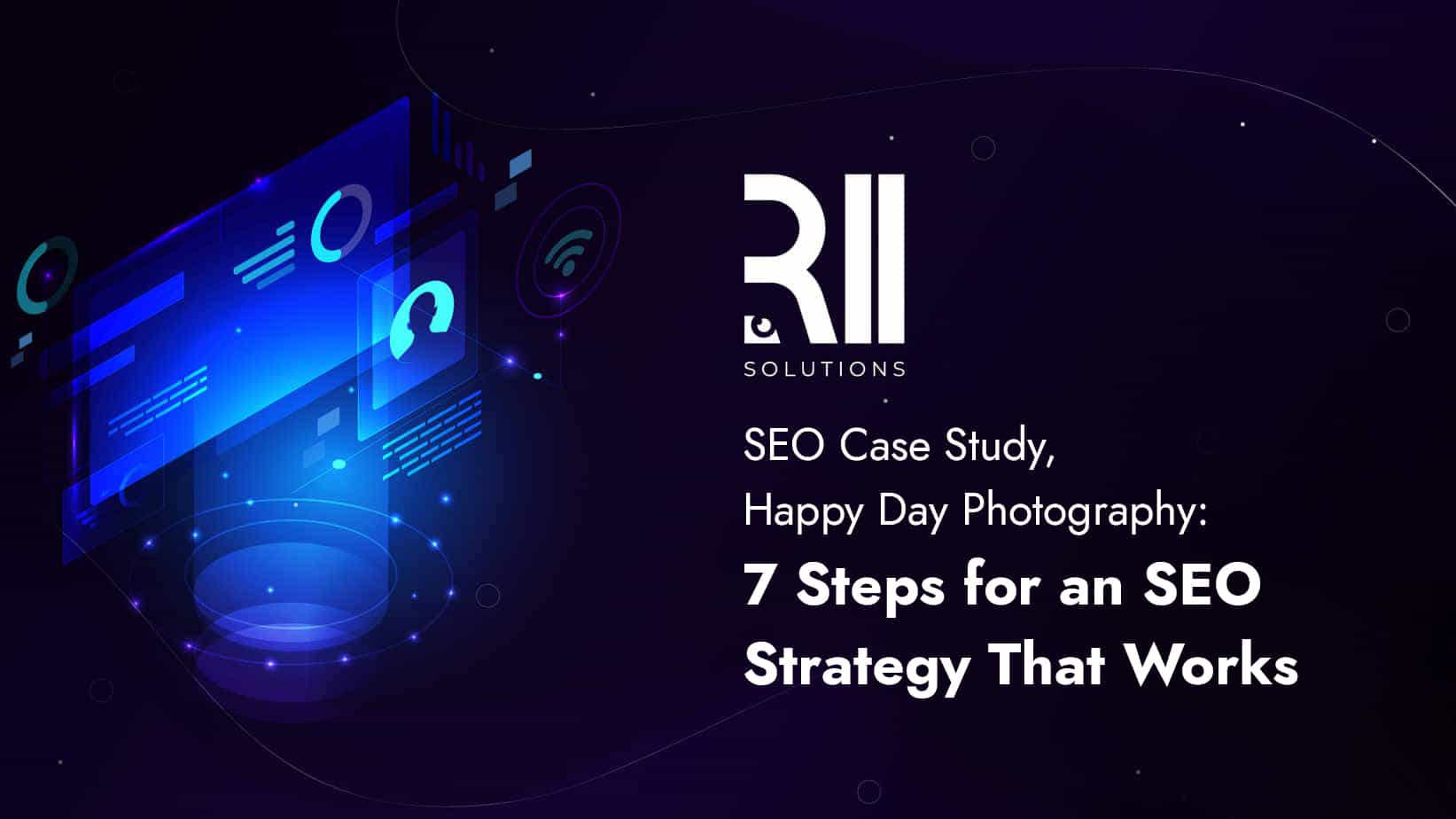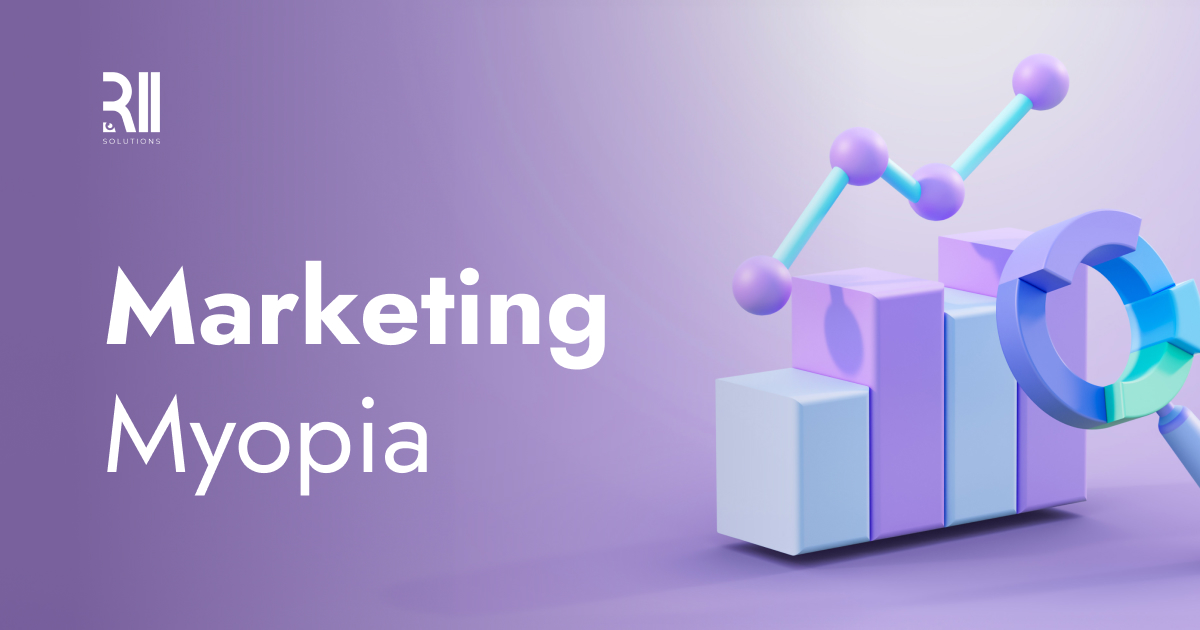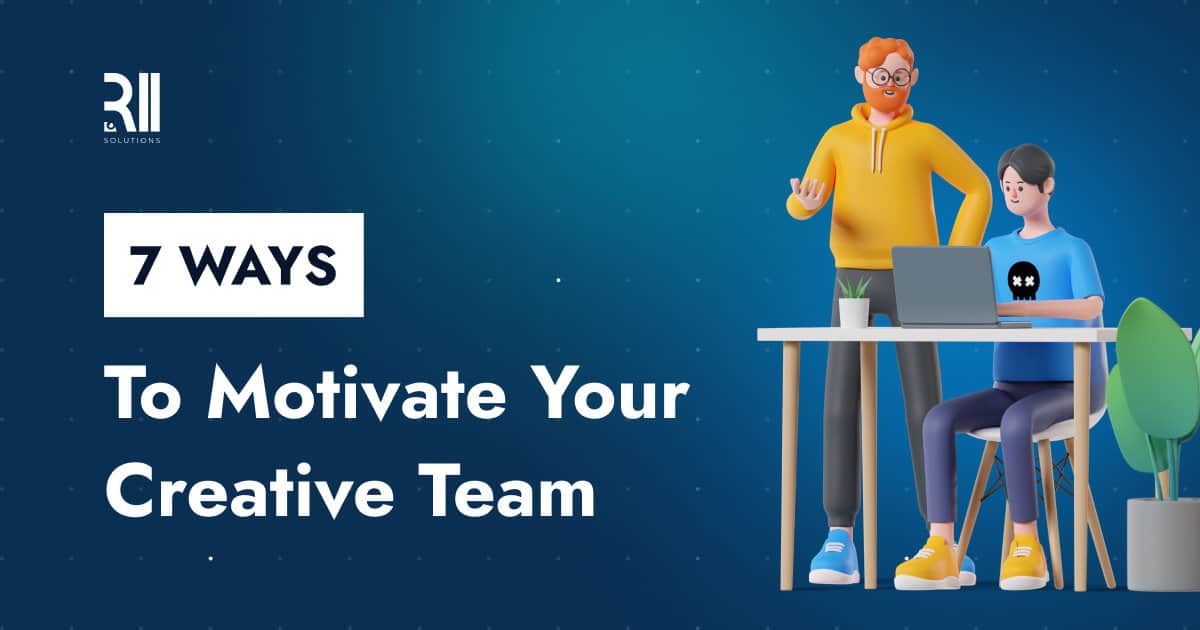Attracting visitors to your website is only half the challenge. It’s what people do when they get there that really matters. The aim of the game is for site visitors to take action, ie. convert—make a purchase, create an account, fill in a form, sign up, or so on—not just hang around, right?
Despite that, many businesses invest huge amounts in acquiring online traffic while totally ignoring the crucial aspect of CRO (conversion rate optimization). In fact, most companies spend less than 5% of their total marketing budget on activities related to optimization—yet 88% complain they aren’t happy with their conversion rates. Go figure.
The average conversion rate for websites is just 2.35%. Obviously, that varies considerably between industries, but the point remains: there’s likely a hell of a lot of people leaving your web page without taking any favourable action. At the end of the day, that’s money on the table.
So, if you’re in the majority of marketers or business owners who want to improve conversions, read on. We’ve put together some of the most effective tactics you can use (right now) to help turn more of your coveted site visitors into valuable customers.

Let’s begin with the bread and butter of CRO: A/B testing.
1. A/B Testing
A/B testing involves testing two different versions of something to see which one performs better. It’s like trying out two different pick-up lines at a bar (the same number of times) to see which one works best. Experimenting with different ideas is crucial to finding what resonates with your audience.
Some of the most common elements subject to A/B testing are:
-
- Landing page copy
-
- Headlines
-
- Colour schemes
-
- Page structure
-
- Ad copy
-
- Images or graphics
-
- Videos
-
- Theme styles
-
- Call-to-action (CTA) copy or placement
Sometimes, something as simple as changing the colour of a button can have a massive impact. Remember when Hubspot ran the infamous red vs. green button experiment? The red button increased conversions by a mighty 21%. Now obviously there’s no blanket rule for what colour works best all of the time, but there’s a simple way to find out what works for your brand (yup, you guessed it… A/B testing).
2. Conduct User Research
Knowing your audience is key to improving conversion rates. Conducting user research helps you understand your audience’s needs and preferences. It’s like getting to know your date before trying to impress them!
For this reason, it’s essential to create an ideal customer persona (ICP). You may also know this fictional character by other names, like buyer persona or avatar, but they’re one and the same.
Creating an ICP can be time and resource-intensive, but the juice is worth the squeeze. It will be at the heart of all of your marketing efforts, as well as guide product development, inform pricing strategies, and more.
-
- Conduct thorough customer and market research
-
- Gather historical user data
-
- Carry out customer interviews, surveys, and in-person roundtables
-
- Identify common attributes, including demographics (or firmographics if we’re talking B2B), psychographic drivers, and other similar characteristics
Now you’re ready to put it all together into an ICP, a semi-fictional best-fit customer. You may end up with multiple ICPs (per customer segment), and these may get updated as time goes on as you and your audience evolves.
3. Leverage the Latest CRO Tools
As technology advances, so do the tools available to help improve your CRO efforts. One such tool is Google Tag Manager (GTM), which allows you to add and manage various marketing and analytics tags on your website without having to touch the website’s code.
But what’s even more exciting is GTM’s use in micro-conversion retargeting. Micro-conversions are smaller actions visitors take on your website that signal their interest in your product or service. These can include adding an item to their cart, clicking on a specific product, or signing up for a newsletter.
With GTM, you can track these micro-conversions and use that data to retarget visitors with personalized ads. For example, if a visitor added a product to their cart but didn’t check out, you can retarget them with an ad for that specific product. This personalized approach can significantly increase the chances of conversion.
Some other essential capabilities you’ll want in your CRO toolkit include:
-
- Dynamic heatmaps
-
- Screen recordings
-
- Surveys
-
- Conversion funnel optimization
-
- Form analytics
-
- Live chat
There are loads of tools to choose from, but some of our personal favs are Lucky Orange, Hotjar, CrazyEgg, and Optimizely.
Let’s take a closer look at arguably one of the best tools out there, Lucky Orange.
Lucky Orange
When analyzing a website’s performance, where do you start? Understandably, most marketers or savvy business owners will head straight for Google Analytics and Google Search Console. They’ll probably add some tracking pixels, too. These are all great (and important) elements of website performance analysis. But used alone, they won’t give you the whole picture.
Lucky Orange is a holistic tool with a bunch of epic functions and capabilities to help you turn visitors into paying clients.
Let’s begin with its heat map feature.
Heat maps
A heat map analysis tool provides a huge amount of insight into site visitor behaviour that you can use to improve user experience and, ultimately, conversions. It shows the exact way users browse—so you can optimize your website’s design and make visitors more likely to take action where you want them to.
The best bit? Heat map tools can be super easy to set up. It takes under five minutes to install Lucky Orange. And before you ask… nope, it won’t slow your site down.
Lucky Orange’s heat map analysis tool gives you a visual representation of how users interact with your site. You can see how far they scroll, where they click, and how they interact with page elements. It even records individual visitor browsing sessions.
This means you can see which areas of your website get the most attention—and which are being ignored. Heat maps can also reveal which areas of your site are causing users frustration. For example, you might discover that visitors are clicking on non-clickable icons, expecting them to be a link. Information like this allows you to make targeted improvements to make your users’ lives easier. And who doesn’t love an easy life, right?
So, heat maps are the golden ticket to optimizing UX. Now let’s talk about how to measure the success of your optimization.
To do this, you can use another Lucky Orange feature worth its weight in gold: event tracking.
Event tracking
This one does what it says on the tin—it lets you track specific actions a site visitor takes, like watching a video, clicking a button, or viewing an image. Pretty much anything on your site can become an event.
A user visiting a particular page or URL can also be recognized as an event. Why is this useful? It lets you measure the most important conversion events, ie. the most valuable objectives of your site.
For example, if you’re in e-com, the payment confirmation page could be an event. You can even apply a dollar amount to that, with the option to use API for complex product catalogues.
Another example of an event could be navigating to a campaign-specific page, so you can track performance at a granular level and leverage the data to further improve your funnels.
Events like reaching the shopping cart page—but not checking out—could also trigger an abandoned cart email, or be used for retargeting ads. The possibilities are endless, and the setup is simple.
Getting this stuff sorted now doesn’t just help you in the present. It provides tonnes of insight for marketing agencies or creative teams you’ll collaborate with in the future, giving them the gift of data to draw on.
4. Optimize Your Website Speed
Waiting for a website to load is like waiting for your date to arrive. It’s frustrating and a total buzzkill. Ain’t nobody got time for that.
Data shows that even a one-second delay in page load speed leads to drops of:
-
- 11% in page views
-
- 7% in conversion rates
-
- 16% in customer satisfaction
Ouch.
Optimizing your website speed will not only improve user experience and conversions, but it will also reduce bounce rates—which sit at somewhere between 26% and 70% for most websites.
5. Psychological Hacks
Urgency tactics like limited-time offers or limited stock availability create a sense of urgency in customers, prompting them to act quickly. It’s like telling your date you have other options—it makes them more likely to commit.
This goes hand in hand with understanding your customer and having a solid ICP in place. Imagine how much easier it is to convince a close friend to do something than it would be to convince a total stranger. You understand their pain points, likes and dislikes, and desires—and can leverage that to tailor your conversation.
The same goes for applying other psychological principles to branding, web design, and CRO in general.
Some of the most interesting behavioural tactics used in CRO include:
-
- Social proof (improve credibility rate)
-
- Von Restorff effect (gain attention)
-
- Scarcity (create urgency)
-
- Choice paralysis (the importance of a clear offer and CTA)
-
- The illusion of progress (reduce churn)
-
- Value perception (fairness)
-
- Simplification (sometimes less is more, especially when it comes to form fields)
All-in-All
Well, there you have it: the most essential CRO tactics that will bring you the biggest results! Experiment with A/B testing, conduct user research, get your mitts on the latest CRO tools, optimize your website speed, and use psychological tactics.
And if you need a hand with all that? The good folk at R11 are uniquely positioned to help you. Our team has just the right mix of creative genius and relentless business sense necessary to deliver world-class CRO solutions.
To find out how we can improve your conversions through professional web design, branding, and media, get in touch here.





